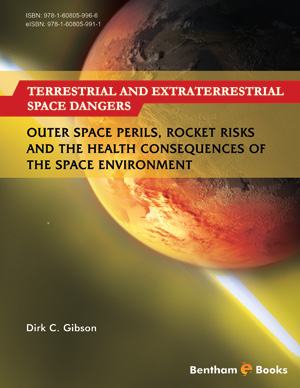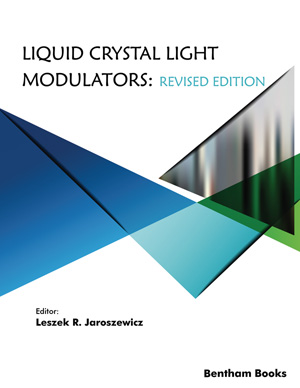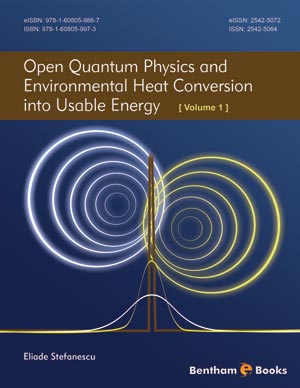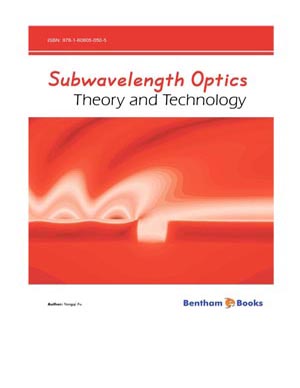Abstract
This chapter dealt with one concept that is known by three different names— motion sickness, space sickness and space adaptation syndrome. All three terms refer to the same basic phenomenon, the gastrointestinal distress encountered in the space environment. Motion sickness is a relatively common happening, it was demonstrated, and it has been studied by the FAA. Solutions to motion sickness were discussed. Space sickness was defined and quantified. Individual variables in space sickness were considered, and ways to minimize space sickness were discussed. Space adaptation syndrome (SAS) was defined and the symptoms discussed. The short-term nature of the malady was documented and the incidence of the syndrome was quantified. It was noted that SAS is unpredictable and variables were examined. The cause of SAS was considered and the similarity to altitude sickness noted. A variety of solutions to SAS were discussed.
Keywords: Altitude sickness, artificial gravity, Autogenic Feedback Training Exercise, disorientation, Dramamine, Dexedrine, Gemini space mission, gyroscopes, malaise, Mercury space mission, motion sickness, nausea, Phenergan, Promethszyne, Promethezine Hydrochloride, Scopalomine, Sophron Foundation, space adaptation syndrome, The Space Tourist’s Handbook.










